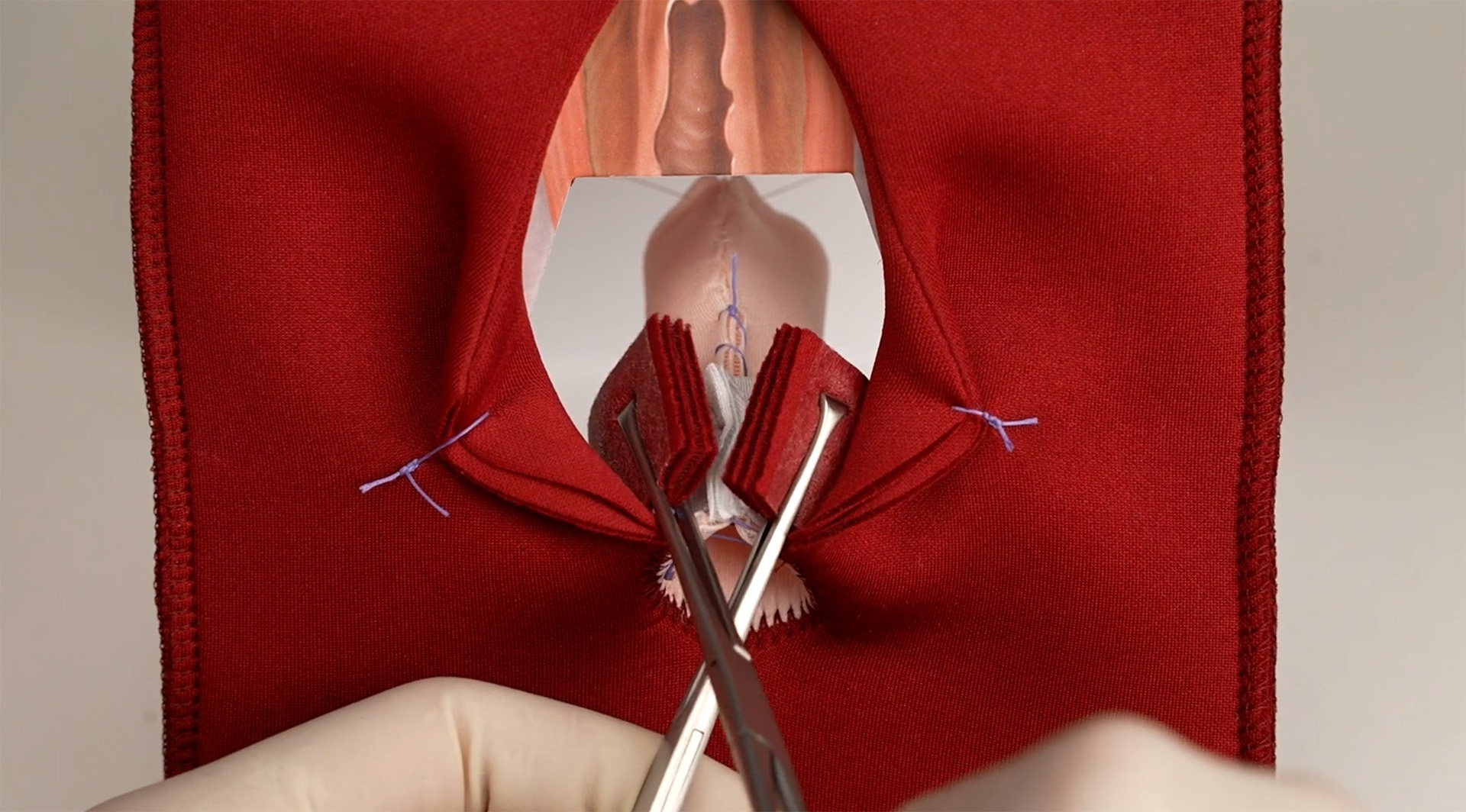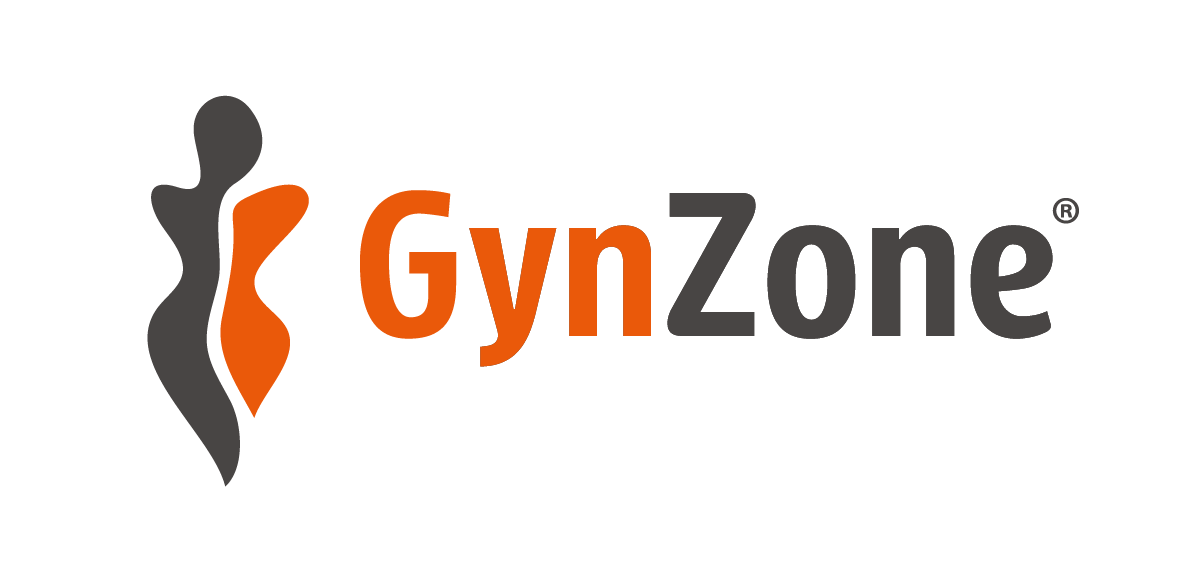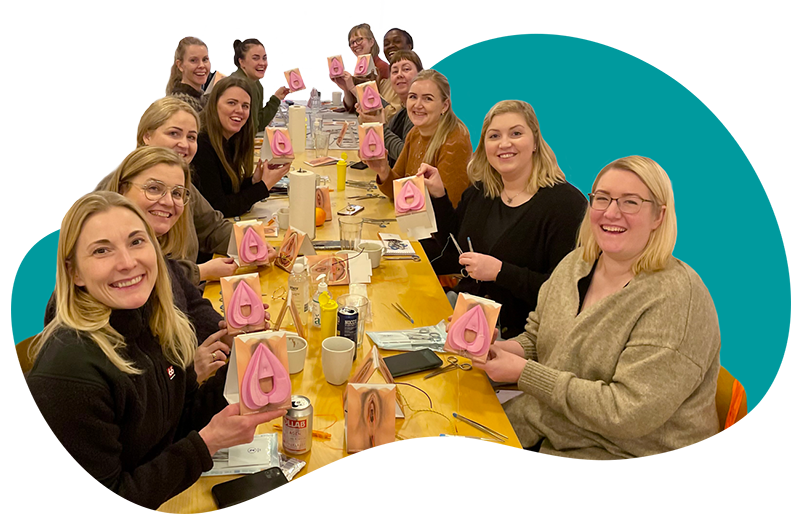Ready? Start your suture training here
First-degree tears
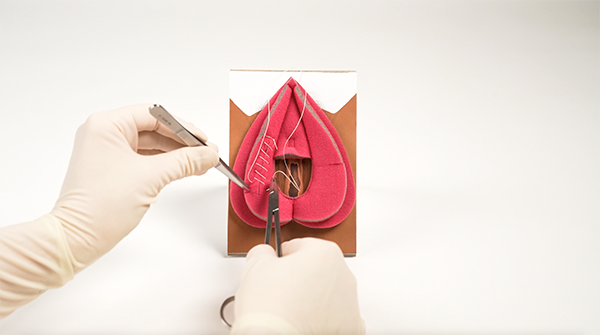
1st-degree perineal lacerations are the mildest laceration in the RCOG classification system. They include perineal skin and / or vaginal mucosa, but not the superficial perineal muscles. They can be sutured in order to:
- Achieve haemostasis,
- Restore natural tissue connections,
- ensure that the area has the same functionality after wound healing as it had before the wound occurred
- Ensure faster wound healing and less scarring than if left unsutured
- Create good cosmetic outcome or to restore normal anatomy in an asymmetrical wound
Watch here
2nd-degree lacerations
2nd-degree lacerations occur in more than 50% of primiparas, and in more than 30% of multiparas. These tears involves the superficial perineal muscles, but not the anal sphincters. Left untreated, the ends of the torn muscles will retract into the surrounding tissue, and will not grow back together.
The woman will then have diminished muscle tone in her superficial pelvic floor. Some symptoms of this can be a more open introitus, vaginal flatulence, and long term diminished sexual pleasure.
Watch here

Mediolateral episiotomy
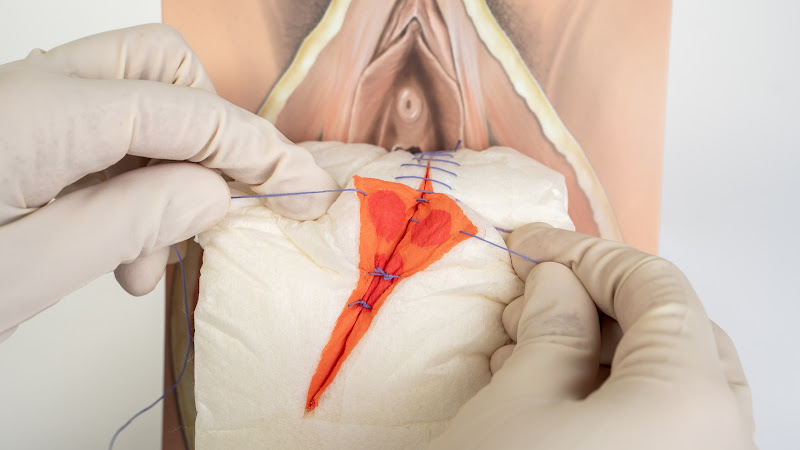
Episiotomies will typically involve the same superficial perineal muscles as seen in a 2nd-degree tear, but the wound edges will be asymmetrical. Great care is needed in order to restore muscular function and normal anatomy.
Watch here
OASI
OASI (or OASIS) is an abbreviation for Obstetric Anal Sphincter Injury, birth lacerations that involve the anal sphincter complex. Some hospitals and birth centers have formulated clinical guidelines for which anaesthetic, suturing technique and suture materials you should use at your birthing center. You must follow your local guidelines as a healthcare professional.
Watch here
